International SOS’ analysis reveals the world’s most dangerous locations concerning health risk
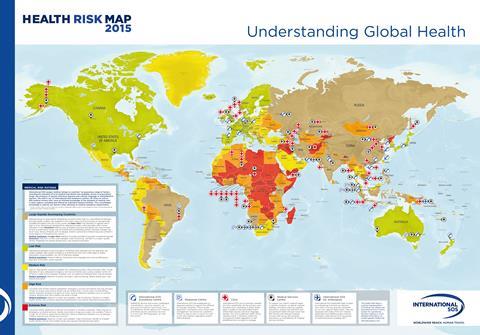
Healthcare in Africa has improved considerably in certain countries thanks to increased foreign investment in the healthcare sector, according to International SOS.
The organisation’s Health Risk Map 2015 (pictured) is designed to help multinationals, NGOs, educational institutes and governments understand the medical risks in the markets in which they operate.
The latest map shows improvements in Ethiopia, Kenya, Malawi, Namibia, Nigeria, Rwanda and South Africa, all of which have been downgraded to a lower risk category.
International SOS medical director, medical information and analysis Dr Doug Quarry said: “More stable countries tend to develop in a way that improves medical care. Initially this is in the private sector.
“This year, this was most obvious in several African countries. In contrast, instability within a country tends to lead to a reduction of the standard of medical care.
“The analysis from our medical experts presents an interesting story about private healthcare services in some African nations. We have seen continued investment in a number of countries, often from foreign investors, including those in the private medical insurance market. It means citizens, overseas workers and expatriates have access to higher standard hospital facilities.”
Health Risk Map 2015 indicates health risk by the following categories: low, medium, high, extreme and large rapidly developing countries.
The medical risk ratings provide an overview of the threats of infectious disease, hygiene and sanitation, accidents and the availability and quality of the local health infrastructure. The ratings are determined by a panel of International SOS medical directors.
Dr Quarry added: “The new large rapidly developing countries category includes nations where there is a vast difference between the high-quality medical care available in the major cities and the lower levels of care generally available throughout the rest of the country, such as in Brazil, China and India.
“Recent International SOS data shows that more than 40% of our medical cases occur in countries classed as ‘high’ or ‘extreme’ risk. This is a significant increase from less than 25% in 2010. Preparation of travellers, including a risk assessment, education and a health check programme for staff, will reduce the need for intervention after travel.
“This is particularly important for people travelling to high- and extreme-risk countries. Health Risk Map 2015 is only one of the many tools that can help organisations plan and prepare for operations around the world.”





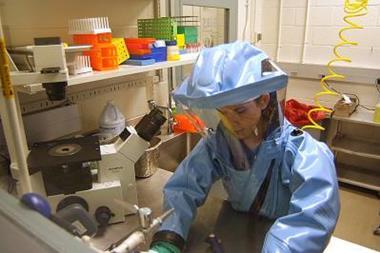



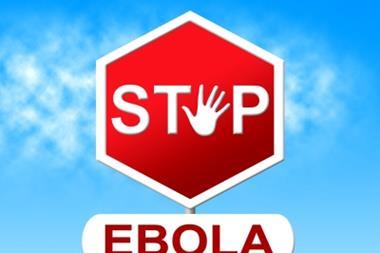
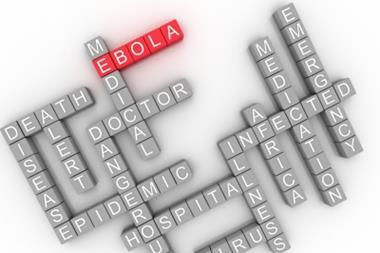



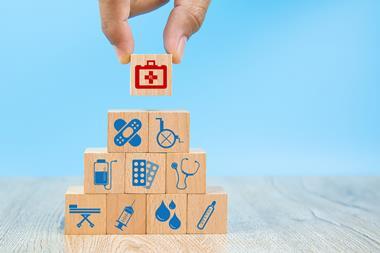





No comments yet